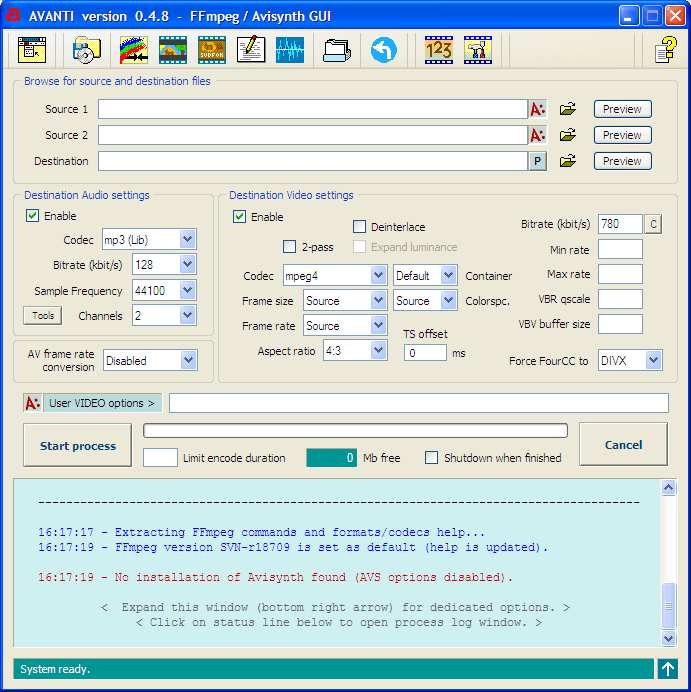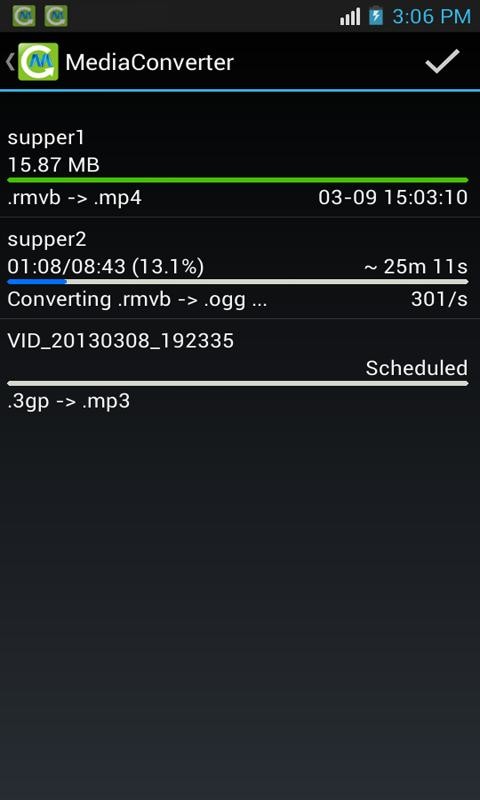

Conversely, when a stereo signal is converted to mono for

Which corresponds to an increase in the LUFS measurement of 3.01 Loudness Is converted to stereo, by duplicating the mono audio track on bothĬhannels of a stereo signal, this doubles the energy of the signal, The loudness target for mono audio content isĭifferent than for stereo audio content because when mono audio content Voice-activated speaker and ample headroom for material with variableĭynamic range when compared to the Google Assistant.įor mono audio content, the average loudness should be -19 LUFS, Level gives a good balance between overall volume control on the Matches the average loudness of the Google Assistant TTS output. When playing back audio files using SSML, the average loudness shouldīe -16 LUFS (Loudness Units Full Scale) for stereo audio content, which To compare audio material to the Google Assistant TTS output. Peak level is not a good measure of loudness and should not be used Maximum loudness of a digital waveform (0.0 LUFS). Loudness is a relative value used to compare digital programs based on the

Physical measurement of peak air pressure change in a given acoustic situation. LUFS is also known as LKFS (Loudness, K-weighted, relative to Full Scale) Note: Volume is distinct from loudness. Listening volume and lets audio producersĪvoid jumps in amplitude that would require users to constantly adjust volume. LUFS is a complicatedĪlgorithm based on perceived loudness of human hearing at a comfortable Normalization across many genres and production styles. LUFS (Loudness Units relative to Full Scale) is a standard that enables volume


 0 kommentar(er)
0 kommentar(er)
